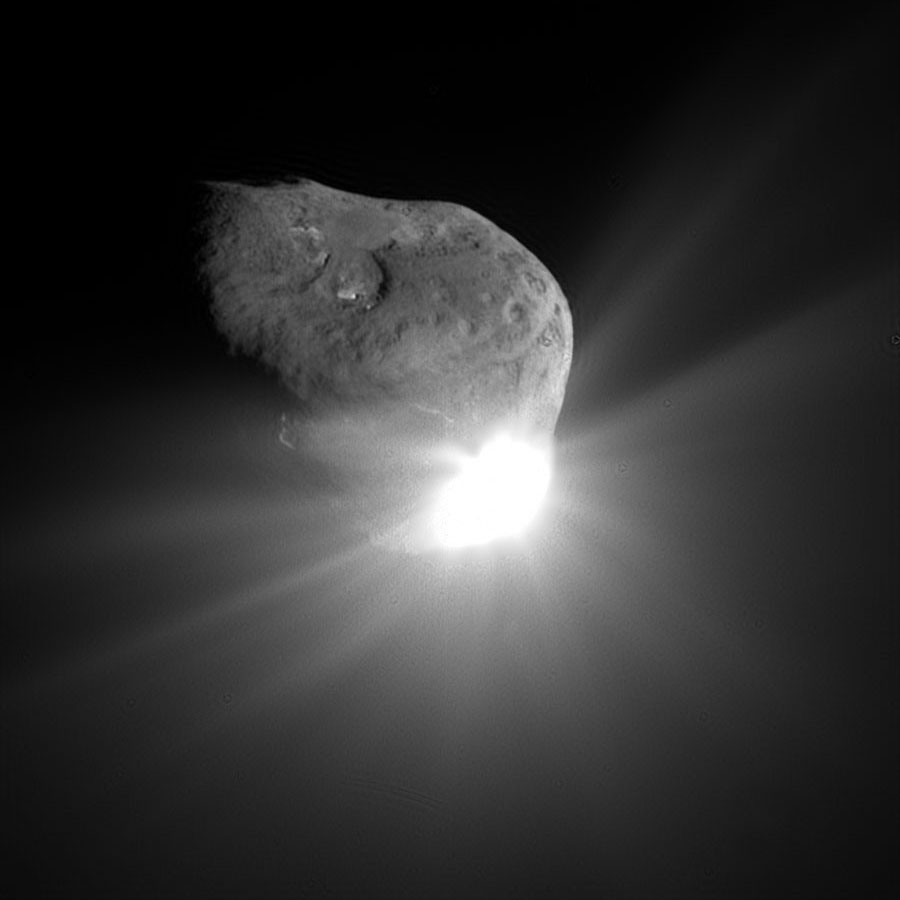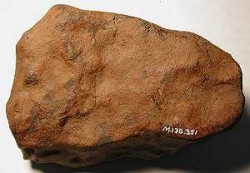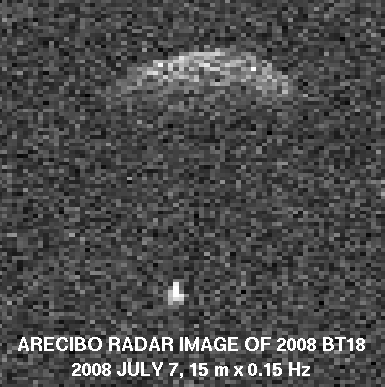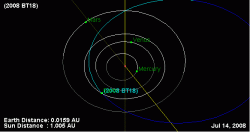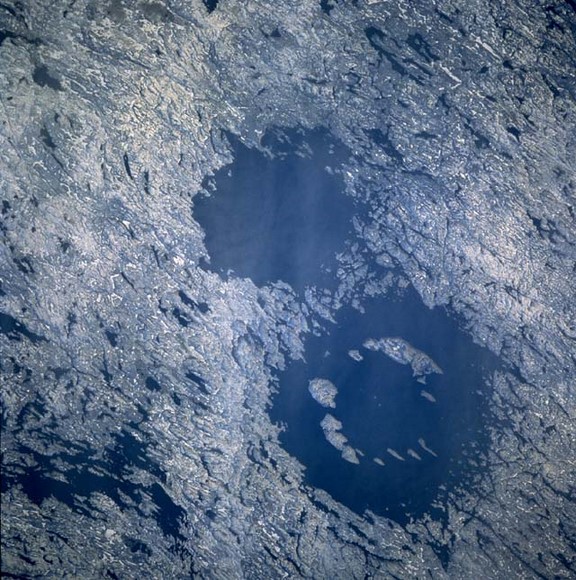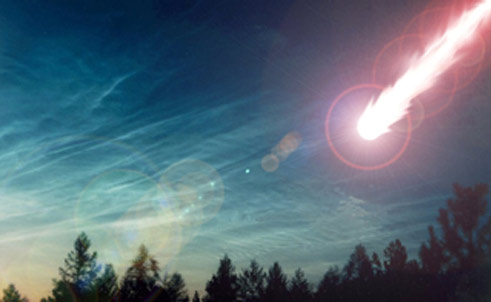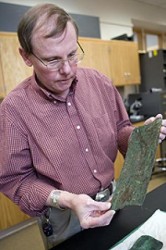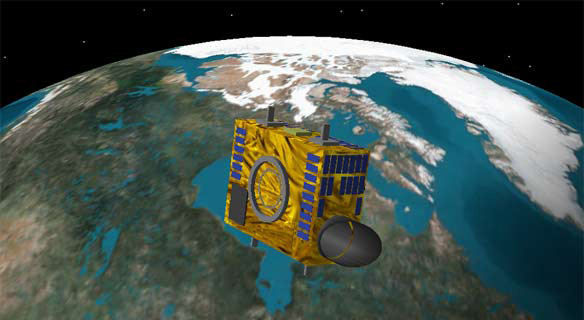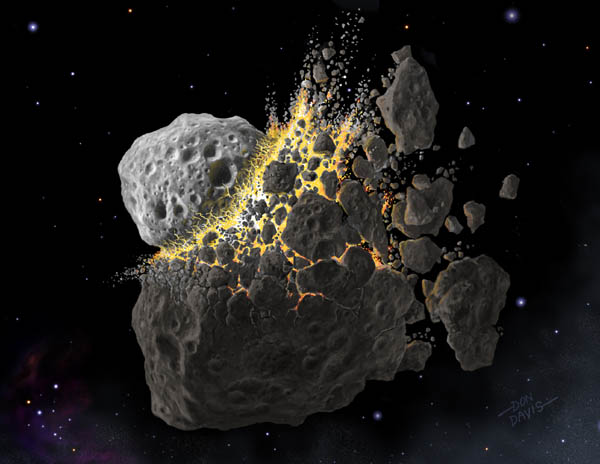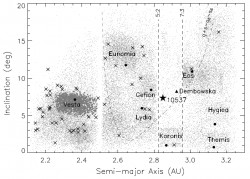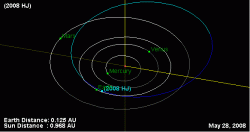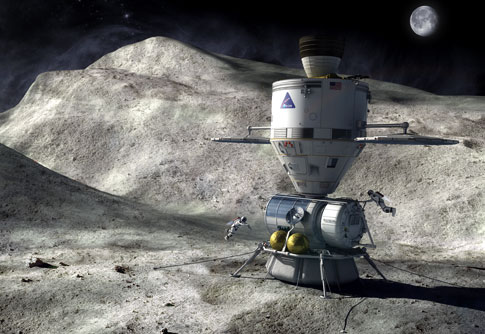[/caption]
The first thing that comes to mind when someone asks: “How do we deflect a near Earth asteroid?” is “Fire some nuclear missiles at it.” However, this might not be the best course of action. Akin to opening a walnut with a sledgehammer, there might be a better, less messy option. This is what Apollo astronaut Rusty Schweickart thinks at least. Last year, NASA issued a report suggesting they were seriously considering a nuclear option should an asteroid threaten Earth. However, the ex-lunar module pilot believes this decision was manipulated by political pressure, possibly indicating the asteroid threat was being used to speed up nuclear proliferation in space…
When ex-Apollo astronauts express an opinion, people tend to sit up and listen. After all, the astronauts throughout the space race years in the latter half of the 20th Century (from the USA and Russia) were the ultimate explorers, going above and beyond the call of duty, putting their lives on the line for their countries. Several of the retired Apollo astronauts have come forward over the years with their opinions on modern NASA, concerns for the future of the US position in space exploration and their belief in extraterrestrial cover-ups (!). And last Wednesday, during a public lecture in San Francisco, legendary astronaut Rusty Schweickart voiced his opinion about NASA’s decision to use nuclear technology when faced with an asteroid threat.
Schweickart has expressed concern with the possibility of using nuclear weapons to destroy, or deflect Earth-bound asteroids, pointing out there are many other less harmful ways of dealing with the asteroid threat. At the moment he points out that we are completely unprepared to deal with asteroids, but by 2015, we should have developed a gentler means of deflection. Simply blowing asteroids up have many knock-on implications. First and foremost, Schweickart believes that NASA may be open to manipulation to put forward the proliferation of space-based nuclear weapons under the guise of international “safety.” Another problem I can see is blowing up a large piece of rock only to create many smaller (but just as deadly) pieces of rock, doesn’t really extinguish the destructive power of an asteroid on collision course, in fact, it might increase it.
Schweickart’s organization, the B612 Foundation examines other, more subtle ways of deflecting dangerous asteroids are examined (nuclear warheads not included). Decisions such as when to take action, how to better track asteroids and how to deflect them should be an international effort and not one nation’s decision to detonate a nuclear bomb in space.
Source: Wired

